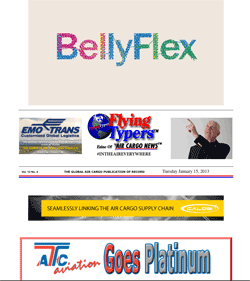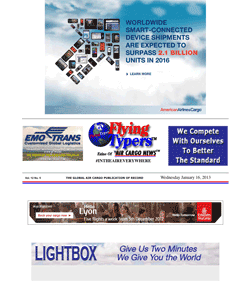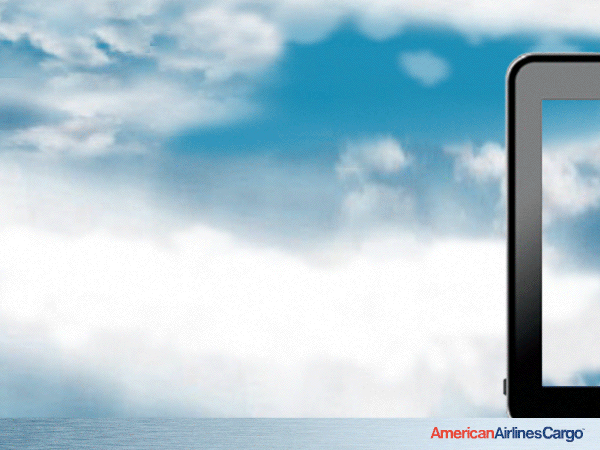 |
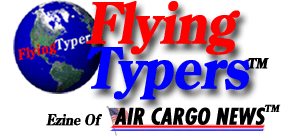
#INTHEAIREVERYWHERE |
|
|
Vol. 12 No. 7 THE GLOBAL AIR CARGO PUBLICATION OF RECORD Monday January 21, 2013 |
 |
|
|
|
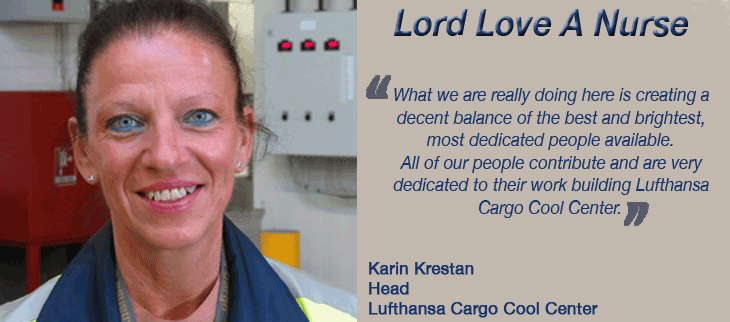 |
“Lufthansa
has a vast menu of service offerings for pharmaceuticals, diagnostics,
clinical trials, biotechnological material as well as temperature
sensitive high-tech products, including temperature-controlled ground
storage. However we are a ground-up cool-chain with appropriate cooling
facilities, including our dedicated Cool Center operations here at
our hub, Frankfurt, and also in other places such as Chicago, Johannesburg
and Bangalore.
“We
offer temperature-ranges per compartment onboard the aircraft and
road feeder services with temperature-controlled reefer trucks. Our
innovative cool-chain solutions include reduction of transit points
by operating via Lufthansa´s Hubs at Frankfurt, Munich and Vienna
as well as a variety of containers that see specific services, including
Ice Cooler for perishables mainly, Unicooler and Opticooler for pharmaceuticals
and high-tech shipments.
“Lufthansa
Cargo transports approximately 56,000 tonnes of temperature cool/td-shipments
very year.
“Top
routes for pharmaceuticals are from South America to Europe, Europe
to Asia, and Europe to North America.
“The
pharmaceutical industry is developing rapidly and is a major focus
here as growth figures in the next few years ahead are quite positive.
“Where,
prior to 2012 when this center opened, we handled not only perishables
but also our Cool/td consignments at Perishable Center Frankfurt (PCF),
the necessity for the new pharma-zone (driven by capacity limits at
PCF) now has the consignments being handled in our own dedicated facility,
offering our products Cool/td-Active and Cool/td-Passive consignments
as well as temperature sensitive Dangerous Goods at the best possible
conditions.
“The
Lufthansa Cargo Cool Center is equipped with state-of-the-art cool
storage rooms for four different temperature ranges, exclusive ramps
for delivery and goods acceptance, an exclusive Competence Center
Temperature Control (CCTC) supervision team on call 24/7, and an exclusive
service provider, handling:counts.
“Another
advantage is that our pharma-zone coolchain solution at Frankfurt
is located within the security hub and has direct access to the apron.
“This
guarantees short distances and minimizes cross-transfer between different
facilities.”
Karin
Krestan began her career at Lufthansa working on the passenger side,
but before long her professional training as a medical nurse took
hold and after reading about the Cool Competence Center some five
years ago, Karin was immediately fascinated at the possibilities of
bringing her firsthand knowledge of pharma and vaccines, plasma etc.
to work, building the Lufthansa offering while still located at PCF.
“I
discovered right away that the pharmaceutical industry very much likes
talking to someone who has working knowledge and understanding of
the medical arts in such matters as temperature sensitivity of certain
pharma products: for example, how to handle insulin.”
“We
are quite accomplished in our business here but are still at work
improving our offering, including product development and always refining
features to better serve our customers.
“But
it is most important that we offer regularity—i.e., staying
away from critical situations associated with any fluctuation in temperature
for the goods we move through here.
“Keeping
things on a steady beam requires constant monitoring, which we do
at a special 24/7 desk, and that offers temperature monitoring and
mapping.
“We
also hold meetings that are conducted both internally amongst our
team members and externally with our customers to develop the best
systems and practices that interface via computer with shippers.
“They
can track much of the same information about their shipments that
we are also watching, including current conditions and delivery schedules.
“This
two-way contact keeps everybody on the same page with complete transparency
and no surprises.
“We
are also quite proactive in getting the word to our customers at once
if a delay or something else occurs.”
We
wonder how Karin first became a nurse, recalling that at one time
back in the early 1920s, all flight attendants serving aboard line
aircraft in America were nurses. This was at a time when the ride
aboard, say, a Ford Tri-Motor could get rough enough to warrant medical
attention.
“I
worked in the local hospital in Darmstadt as a nurse’s aide
during my student years.
“I
just got used to the work and liked the interaction with the patients,
how the hospital operated, and I guess I never forgot that time.
“I
spent three years working in the Emergency Room, where the real action
is.
“Then
a close friend was hired as a flight attendant at Lufthansa and I
thought that working for this airline would be an interesting career.
“But
having just given birth to my first child, working aboard aircraft
and travelling would not have worked, so I was hired here to work
on the ramp.
“After
a few years on the passenger side, I moved to the Lufthansa training
center in Seeheim, where I then began teaching what I had learned.
“One
of the more interesting aspects of teaching at Seeheim is the opportunity
to attend any of the classes offered there, including training on
how to be a station manager for Lufthansa anywhere in the world.
“From
that training I was able to work as a replacement manager in some
interesting stations, including Kenya and Russia, before finally making
my move to Lufthansa Cargo as head of aircraft handling.
“After
going to air cargo there was one more move to the passenger side before
finally advancing to this opportunity to go back to the future, utilizing
and uniting my time in the medical arts with my love of aviation at
Lufthansa.
“So
things have gone full circle, but I really love this job.
“Five
years ago when I began here, my team included six men; today our team
includes six women plus 15 men.”
We
wonder where is the equality in that and not missing a beat, Karin
says:
“I’m
working on it!”
After
the laughter subsides, Karin gets serious and says:
“What
we are really doing here is creating a decent balance of the best
and brightest, most dedicated people available.
“All
of our people contribute and are very dedicated to their work building
Lufthansa Cargo Cool Center,” Karin Krestan said.
As
we leave this most interesting part of the mighty Lufthansa Cargo
combine at Frankfurt Airport, a sticker that my Mother used to feature
on the rear bumper of her VW Golf comes to mind:
“Lord
Love A Nurse,” it said.
Now
that we know one, we can understand why.
Geoffrey

|
 |
 Failure
of the UPS takeover of
TNT “reshuffles
the cards on the integrators” said Liege
Airport, as UPS pays TNT a €200 million severance.
EU delivers reasons it
blocked the deal Feb. 5 . . . Failure
of the UPS takeover of
TNT “reshuffles
the cards on the integrators” said Liege
Airport, as UPS pays TNT a €200 million severance.
EU delivers reasons it
blocked the deal Feb. 5 . . .
Berlin BBI CEO Rainer Schwarz (at the helm since 2006) has been canned “with immediate effect” as third delay of the opening of BBI was announced . . . “Old Iron Pants” DFW Intl’s CEO Jeff Fegan retires September 1, 2013, after 19 years in the role . . . One of the smartest airport leaders is Kevin Dillon, new Executive Director at Connecticut Airport Authority (Bradley International). “Can Do Kevin” who came up under Tim Peirce at LaGuardia-New York during the 1980s, was most recently President and CEO of Rhode Island Airport (RIAC), transforming that facility from a backwater into a modern gateway . . . Dachser has acquired Spanish freight forwarder Transunion, adding 15 new locations in five countries to its global logistics network . . . Freight forwarding services provider Radiant Logistics has acquired operating partner International Freight Systems (IFS) of Oregon . . . FedEx Express ordered four new Boeing 767 freighters. Since that aircraft is still being built for the U.S. Air Force expect deliveries to begin soon . . . Descartes Systems putting heads together with DHL Global Forwarding to upgrade the company’s electronic communications to Cargo-XML . . . Austrian transport and logistics company Gebruder Weiss acquired German forwarding firm Spedition Sprenger last December . . . UTi Worldwide third quarter revs of $1.13bn for Q3 (2012) tanked a stunning 10.7 percent, compared to $1.26bn in 2011 . . . Roadrunner Transportation Systems has expanded its less-than-truckload (LTL) service center in Philadelphia . . . China Logistics to launch domestic trucking services to various destinations in China . . . DP World completes work at Jebel Ali Container Terminal 2 and can now handle six 15000 TEU mega ships at once . . . Canadian National Railway Company (CN) and the Indiana Rail Road Company (INRD) inked pact to construct an intermodal terminal in Indianapolis, USA . . . Celadon Trucking Services acquires Rock Leasing and Kelly Logistics in USA . . . |
 |
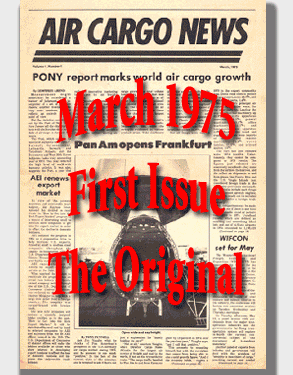 |
Our Martin Changed Air Cargo
|
Get
On Board Air Cargo News FlyingTypers |
If
You Missed Any Of The Previous 3 Issues Of FlyingTypers |
|||||
|
|||||
FT011513 |
FT011813 |
||||
|---|---|---|---|---|---|
Publisher-Geoffrey Arend
• Managing Editor-Flossie Arend • Associate Publisher/European Bureau
Chief-Ted Braun Film Editor-Ralph Arend • Special Assignments-Sabiha Arend, Emily Arend • Advertising Sales-Judy Miller |
|

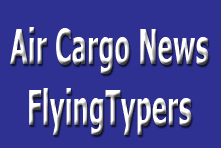

 FlyingTypers
has learned that one of the greatest builders and leaders in modern
air cargo history, Ram Menen, Senior Divisional Vice President, will
retire in June 2013. He has served at the helm of Emirates SkyCargo
since start up.
FlyingTypers
has learned that one of the greatest builders and leaders in modern
air cargo history, Ram Menen, Senior Divisional Vice President, will
retire in June 2013. He has served at the helm of Emirates SkyCargo
since start up.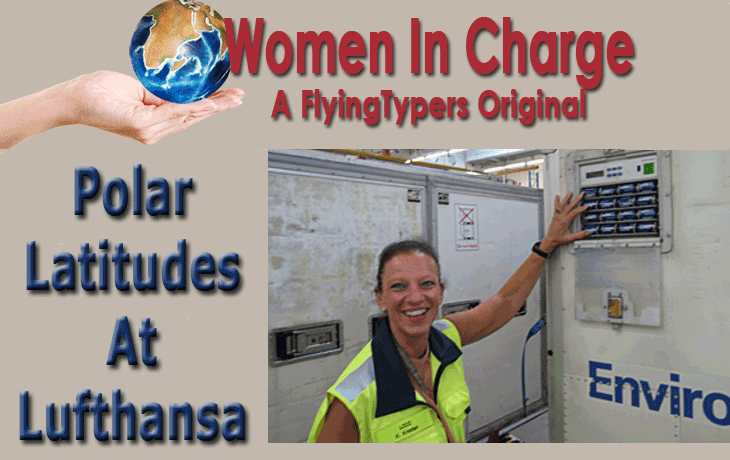
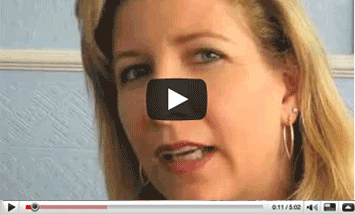
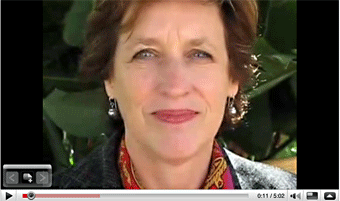
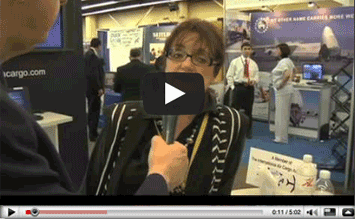
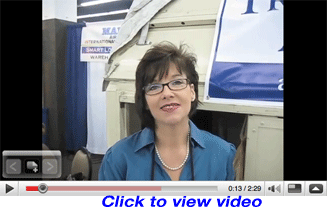
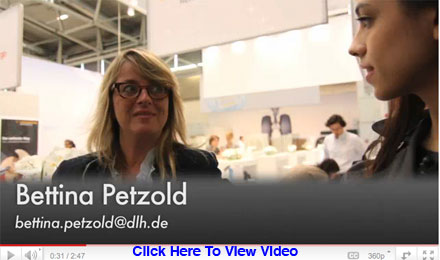
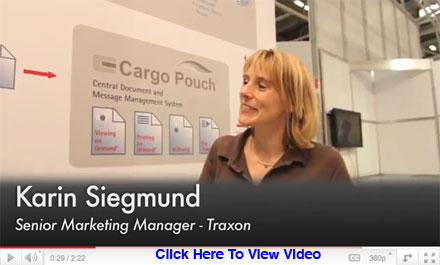
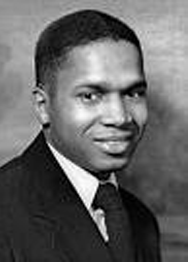 If
you want to learn about August Martin, the great air cargo pilot who
flew for Seaboard World Airlines during the 1950’s, and was
also the first black man to captain a U.S. flag air cargo airplane,
you better plan on either using your old Funk & Wagnall’s
Encyclopedia, or visiting the wonderful high school located near JFK
International Airport in Queens New York City named in honor of the
air pioneer.
If
you want to learn about August Martin, the great air cargo pilot who
flew for Seaboard World Airlines during the 1950’s, and was
also the first black man to captain a U.S. flag air cargo airplane,
you better plan on either using your old Funk & Wagnall’s
Encyclopedia, or visiting the wonderful high school located near JFK
International Airport in Queens New York City named in honor of the
air pioneer.